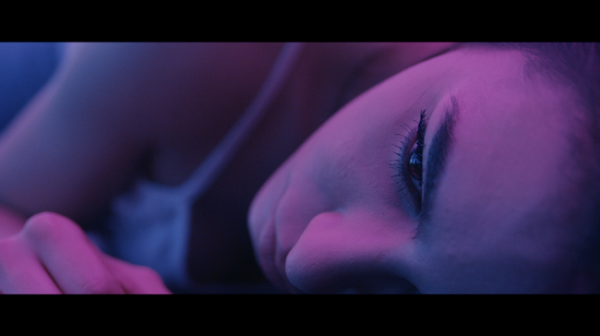HDR – High Dynamic Range
HDR – High Dynamic Range
What is HDR?
HDR is simply about showing more realistic pictures on an electronic screen. at any resolution.
The real world is of course much brighter than the brightest screens and that’s why you don’t need to wear sunglasses to watch TV, but in order to produce more realistic images screens do need to capture a larger range of brightness in the camera and for the screens to be not only brighter, but also capable of producing very dark blacks.
Counting the Stops
Our eyesight is generally accepted to be capable of seeing about 14 stops of dynamic range without our pupil changing. This refers to the ratio between the brightest white and the darkest black we can perceive in one scene. A stop is a photographic term relating to the aperture of a lens or the exposure time the light hits the sensor. Each stop lets in twice the amount of light as the previous one. It is not a coincidence that the best video cameras on the market also have a range of 14 stops or more.
Camera to the Home
Cameras are only one part of the HDR story, in order to see the results as the filmmaker intended you also need HDR post production and an HDR capable screens. Shops are selling a new generation of TV sets capable of displaying HDR, and to make the most of these there are new services from Amazon and Netflix, and soon Sky, that take advantage of these capabilities.
Rec 709
Most existing TV screens are not capable of HDR as they were built to display the existing standard ‘709’ video range which can only really display about 6 stops. New screens will be needed at home and for broadcasters new encoding methods will have to be adopted, however these are much easier to implement than the much higher bandwidth needed for higher resolution UHD.

HDR at Home
For viewers at home there are a few different solutions to show HDR video, each using different technologies. BBC favour a system called Hybrid Log Gamma or HLG for short, there is a standard called 2084 adopted for UHD Blu-ray discs which has even greater dynamic range and there is also a Dolby system for encoding and decoding HDR. All of these might ultimately win adoption as they all have advantages and disadvantages and could prove more practical depending on the delivery method of the pictures. All these HDR systems have to be backwards compatible with older TV sets or the audience would be greatly reduced.
Our Growing HDR Offering
At Holdan we are more concerned with HDR in production rather than watching it at home and this short guide looks at HDR from this perspective.
Holdan Products capable of HDR Production
Any camera with a dynamic range exceeding 12 stops can be considered HDR capable. The Panasonic GH4R and the Panasonic DVX200 can shoot V-Log Lite and have a dynamic range of 12 stops so these can be considered HDR. Some would argue you need 10 bit recording to capture 12 stops and both these cameras only have 8 bit internal recording so a Blackmagic Video Assist 4K would be the perfect addition to enable 10bit recording of the 4:2:2 V-Log HDMI output they both produce. The Panasonic Varicam 35 and Varicam LT both have 14+ Stops range and internal 10 bit recording.
Blackmagic Cinema Cameras have a dynamic range of 12+ Stops and all have 10 bit recording. The new 4.6 sensor is quoted as having a whopping 15 stops of range.
All the cameras capable of shooting HDR have a flat contrast looking ‘Log’ recording mode. This is a clever way of recording more information about brightness and colours without using more data. To get the ultimate amount of information and therefore maximum dynamic range out of a sensor then you need to record RAW. Blackmagic Cinema cameras all have a RAW recording mode, and these large files when processed in DaVinci resolve will produce the greatest useable dynamic range.
HDR Monitoring
SmallHD HDR monitors are designed for on set monitoring of newer cameras to give cinematographers and directors a tool to see the entire dynamic range of the images they are capturing. SmallHD HDR monitors also have the advantage of being very bright which means they can be viewed clearly in sunlight. Cameramen might be used to viewing the flat monitor images you get from a camera outputting Log video, but others on set will appreciate being able to see conversions showing an image closer to one that has been through post production, this can be particularly useful for previewing lighting.
If you have a full version of DaVinci Resolve 12.5 you now have HDR monitoring options through HDMI if you use the devices in the UltraStudio Range, this mode is designed to preview HDR grades on HDR ready domestic screens.
11 Apr 2024
YoloLiv Instream Installed at the TikTok Korea Headquarters
03 Apr 2024
Atomos In the Clouds: Redefining Video Production Efficiency
27 Mar 2024
NDI and IP-enabled workflows from Panasonic
27 Mar 2024
Mastering Post-Production: DaVinci Resolve’s AI Innovations for Content Creators




